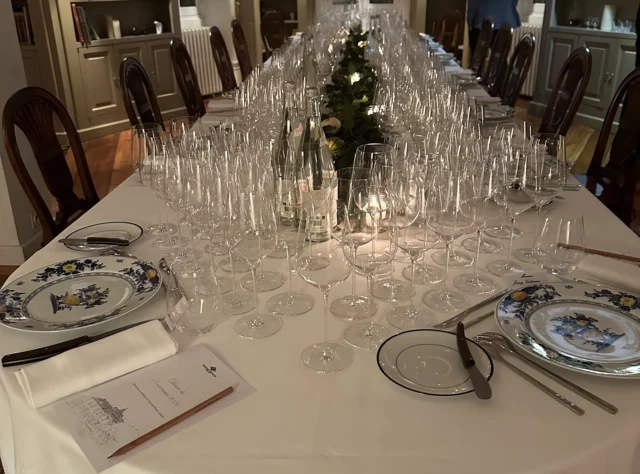Domaine Billaud-Simon
Updated Sep 2022
| Ha | |
|---|---|
| Chablis Grand Cru Blanchot | 0.18 |
| Chablis Grand Cru Les Clos | 0.37 |
| Chablis Grand Cru Preuses | 0.41 |
| Chablis Grand Cru Vaudésir | 0.49 |
| Chablis 1er Cru Fourchaume | 0.25 |
| Chablis 1er Cru Mont de Milieu | 2.77 |
| Chablis 1er Cru Montée de Tonnerre | 2.15 |
| Chablis 1er Cru Vaillons | 2.95 |
| Chablis | 6.00 |
| Petit Chablis | 1.33 |
The domaine originated with Charles-Louis-Noël Billaud in 1815, though many of the vineyards come from his great-grandson Jean’s marriage to Renée Simon. Family tensions eventually led to the sale of the domaine to Joseph Faiveley, while a proportion of the vineyards went to Samuel Billaud who had already set up his own business. The man in charge on the spot since 2015 is Olivier Bailly, overseen by Faiveley’s technical director, Jérôme Flous.
Though the buildings have been extensively renovated, there has been no attempt to change the general style of the Domaine. The labels remain broadly as they always were, but with a clearer expression of the vineyard name, and the vintage is now on the neck label.
1er and Grand Cru grapes are picked by hand in small cases, and then put across a vibrating sorting table, to ensure that the raw material is of the first quality. Unlike William Fèvre who take second hand wood from Bouchard, Billaud Simon do not do the same from Faiveley as they feel that the style of wood desirable for Côte d’Or whites does not suit Chablis. There is a bit less wood used than previously in any case – Blanchots has now reverted to stainless steel, for example.
The special bottling of Chablis, La Tête d’Or, comes from prime plots on the right bank, close to Montée de Tonnerre, supported by 20-25% wood, which is less than under the previous regime. The Mont de Milieu and Montée de Tonnerre bottlings benefit from really old vines (especially one plot of the latter, in Pied d’Aloup, from vines which date back to 1935).
The four grands crus cover the bookends at the north and south ends of the block, Preuses (old vines again) and Blanchots, plus the two most powerful vineyards, Vaudésir and Clos. There are three plots of the former, two north facing and one to the south, while the tiny holding of Les Clos is well placed in the upper part of the vineyard.





